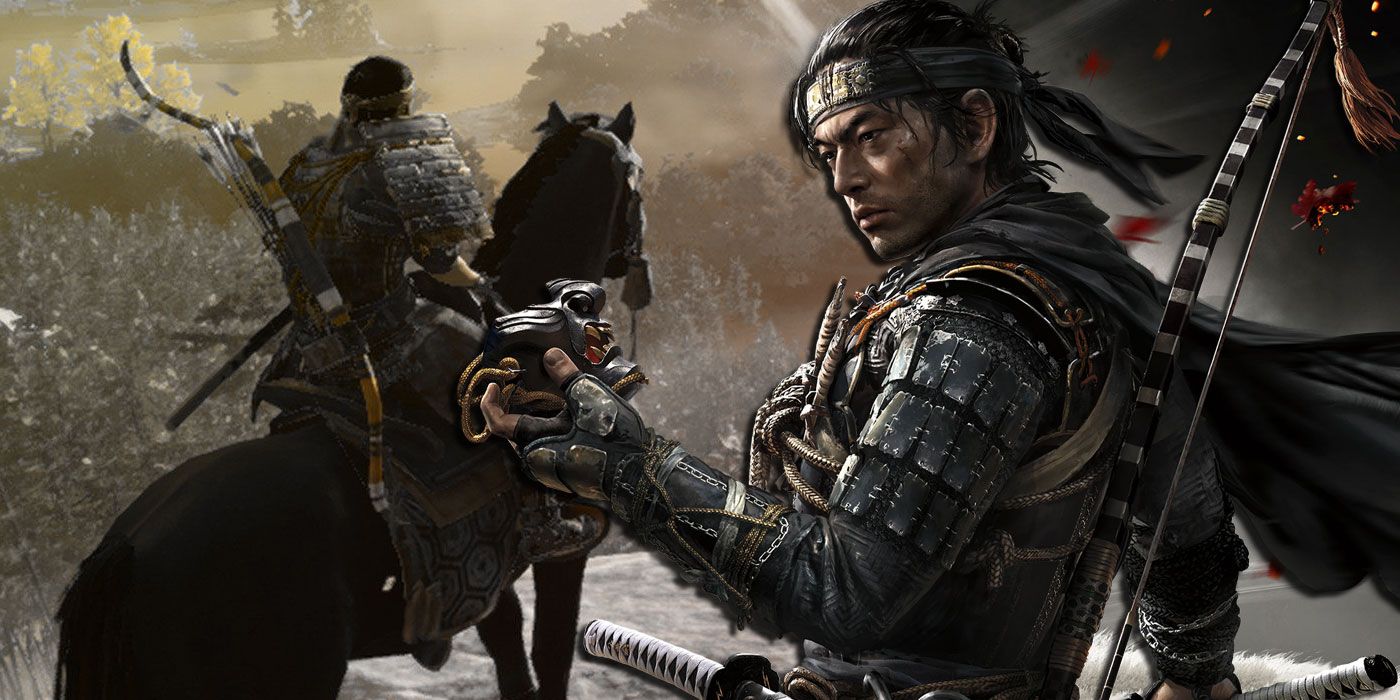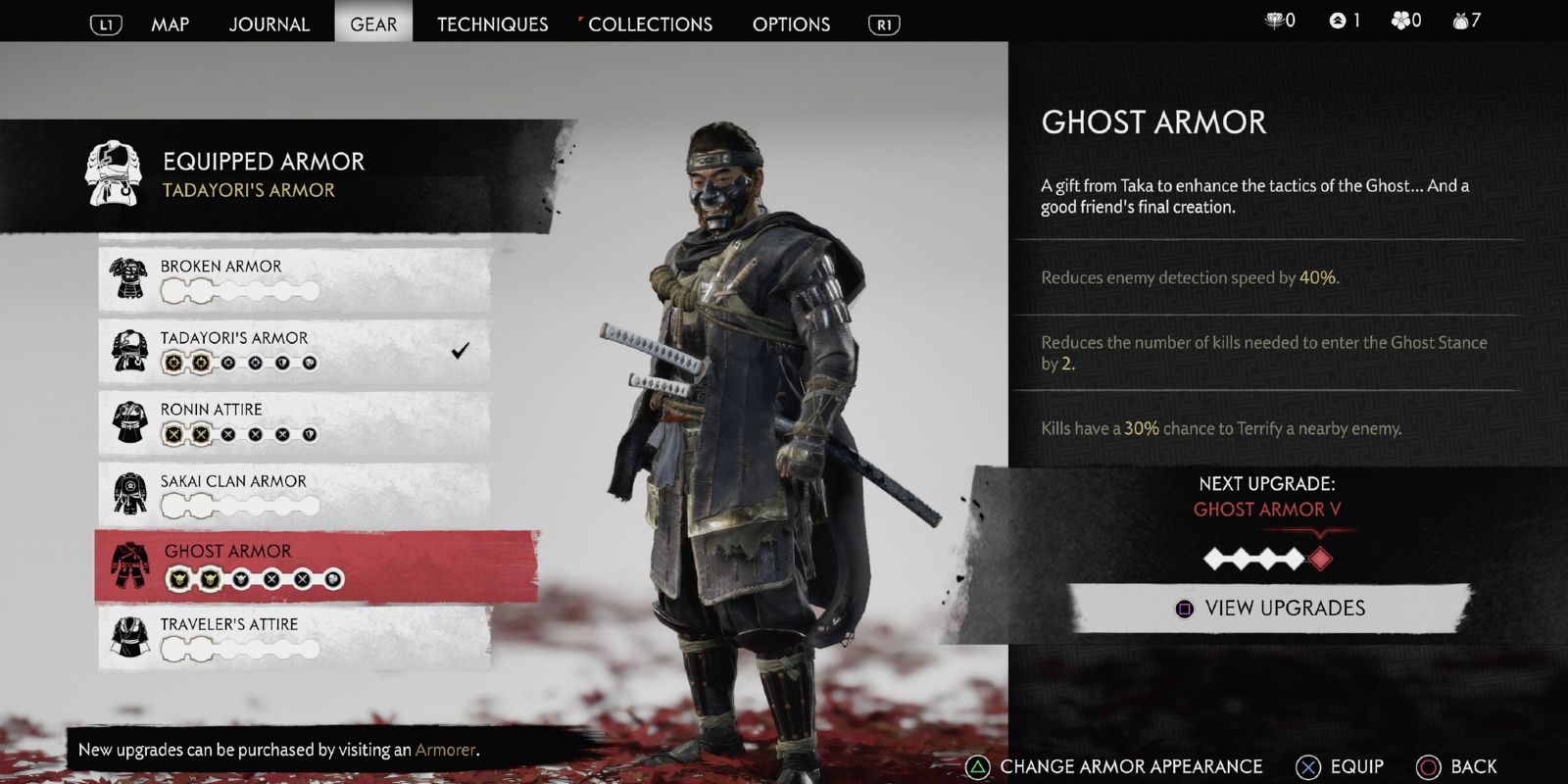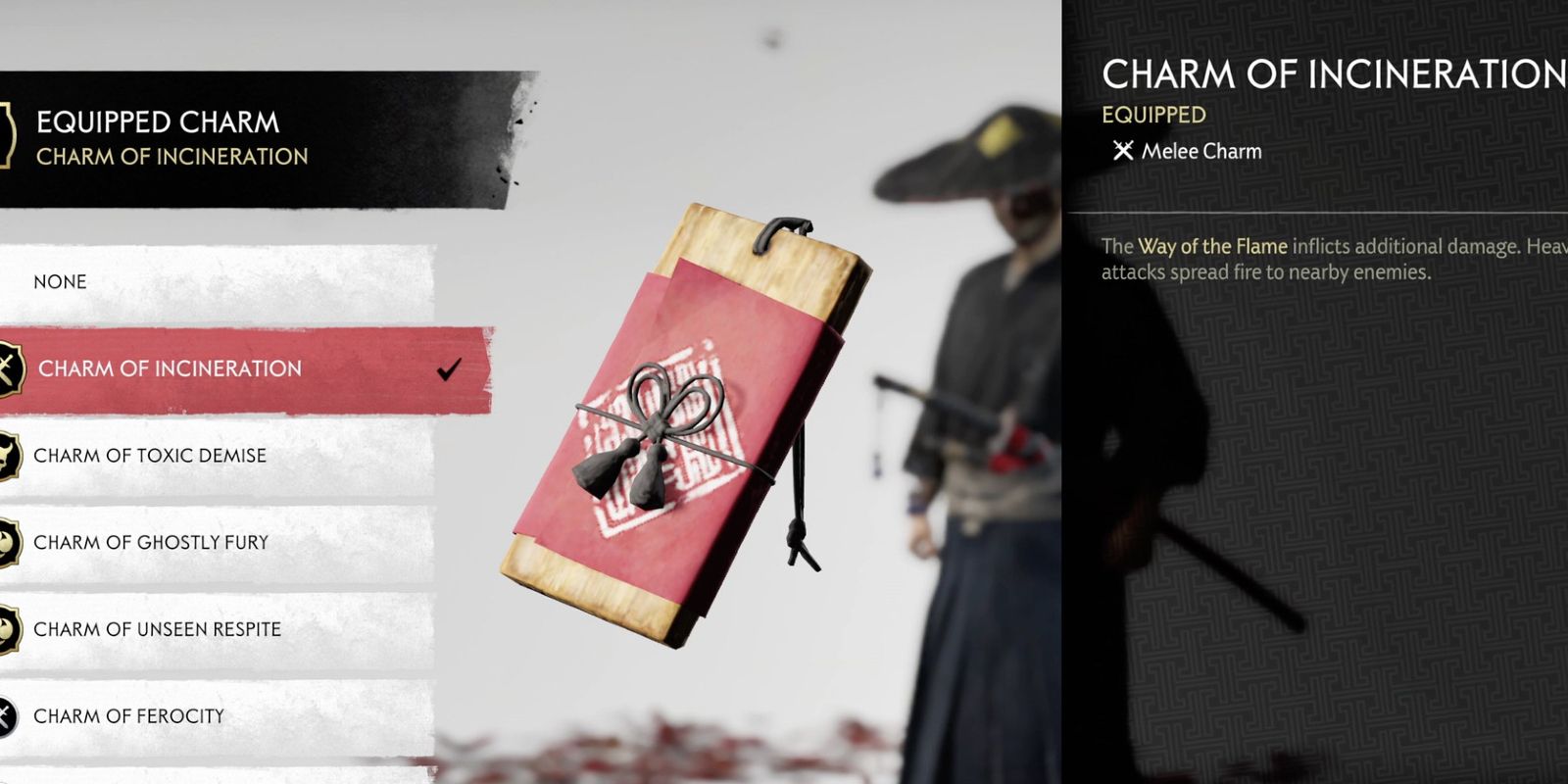It's hard to believe that gear loadouts were a later addition to Ghost of Tsushima, being added in the game's impressive 1.1 Legends update. While that update did add the Legends multiplayer mode, New Game+ and more, the addition of gear loadouts was easily the biggest improvement. Simply put, the addition of a simple loadouts system saved players a lot of time when it came to customizing their experience as the Ghost when battling the invading Mongol horde.
Loadouts allow players in Ghost of Tsushima to create, manage and equip custom armor sets and appearances during play. In an instant, a player can swap between the pre-made equipment loadout they'd created. If a player finds their tactics aren't working, they can change their aggressive playing loadout to another that suits a sneakier, more methodical approach on the fly without having to re-load a save or reassign charms based on the situation. It's a system that offers players an easy way to access the game's varied play styles.
In a player's loadout, they can save the selected armor with any attached dyes, charms and vanity items. The gear itself is varied enough in appearance and stats alone to warrant some exploration, trying different configurations of charms based on the situation at hand. However, it's the synergy between individual charms and equipment that really leads to astounding results. Beyond this, players can control their gear's appearance and style, saving a favored appearance or decorative feature to a specific set. Perfect for role players or fashion-savvy gamers.
Loadouts have absolutely made Ghost of Tsushima a more accessible and enjoyable game. Before the 1.1 update, changing Jin's gear on the fly could take quite a long time, especially for those who paid particular attention to what charms they were using for which types of encounters. Ghost of Tsushima's gear and charm interactions create opportunities for players to develop hyper-focused sets that excel at one specific thing. For example, a player might create an assassin-type set that uses a charm like Hoori-no-Mikoto, Jin remains hidden after assassinating enemies from grass, with minor charms that make Jin harder to detect and deadlier.
Each armor has 6 slots for charms: 2 major charms and 4 minor. If a player wanted to change those around, they'd have to go through a few menu screens and choose the charms they wanted from an all-inclusive list. This is before we even start considering cosmetics. Loadouts eliminate a good chunk of this pain. Players will still need to build the initial loadout to their liking, but once completed, their preferences remain intact for that piece of armor. This includes any vanity alterations a player has chosen too.
Ghost of Tsushima allows the player to undertake combat whichever way they enjoy. A build focused on archery to pick enemies off from afar is great, but even better if the player also has a melee-focused loadout handy for the second wave of on-rushers. Before loadouts were available, a switch between those two armor sets would have been possible; the task just would have taken longer than many players would enjoy. The loadout feature enhances gameplay and offers plenty of encouragement to experiment with the different combat styles at Jin's disposal. Ghost of Tsushima was already a hit when loadout management was a chore, yet 1.1 improves the experience while going through single-player.



